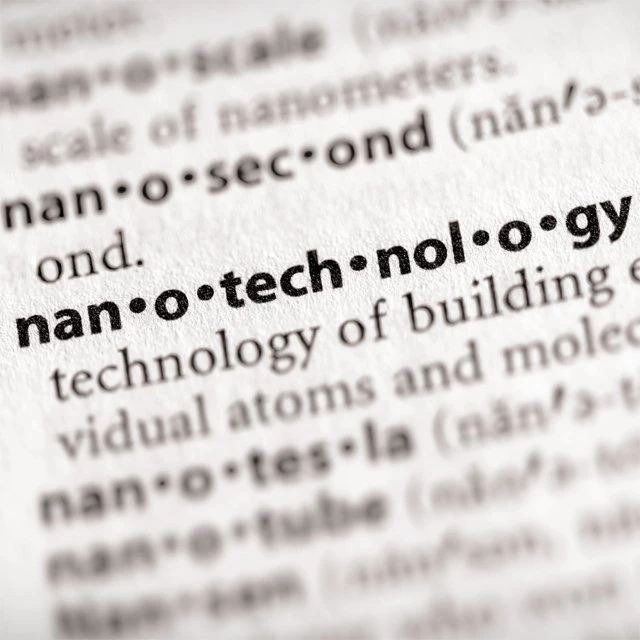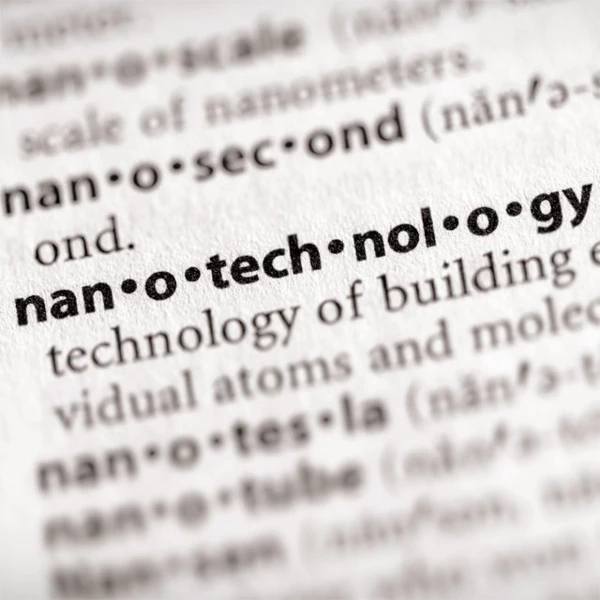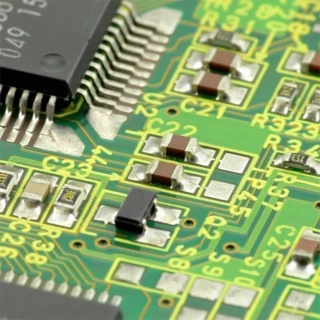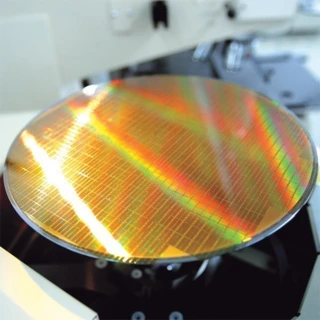
화학 산업
나노제품
“나노”는 현 시대와 미래의 첨단 기술을 대표하는 용어로 자리 잡고 있으며 나노미터 스케일의 입자 구조 및 제조 공정 분야를 아우르는 복합된 용어 입니다.
주로 용액내의 고체 입자, 파우더, 미세입자, 에멀션의 액상, 먼지, 스프레이 또는 100나노미터 미만의 개별 입자 형태의 제품을 지칭합니다.
나노입자는 거대한 비표면적과 활성화된 표면 원자를 가지며 그 자체로 독특하고 특수한 기능을 발생 시킵니다.

이러한 나노 입자의 개발은 초강도 제품, 긁힘 방지용 코팅 그리고 저온 소결 세라믹 또는 부정형 금속과 같은 새로운 성질의 물질, 저온 에서 고인장 강도와 고내구성을 가지는 물질 또는 고온에서의 초가소성 물질 등의 제조를 가능하게 합니다.
나노 입자의 제조에 있어서 두 가지 방법이 있으며 첫번째는 응축 또는 “bottom-up”이라 불리우는 방식이 있습니다. 이는 액상 또는 가스 상태로 배합된 물질내의 분자 응징체를 통해서 제조 되어지며 고순도의 물질과 구형상의 단일 분산물 제조 시스템을 지향한다는 관점에서 졸-겔 기술, 침전 기술, 마이크로-에멀젼과 가스상태공정 같은 기술들이 많이 적용 되어 집니다.
두번째 방식으로는 큰 입자의 분쇄를 통해 미세입자를 제조하는 이른바 분산 또는 “top-down” 방법이 있습니다. 분쇄/분산을 위해서는 아지테이터 비드밀과 같은 높은 에너지 밀도를 가지는 장비가 적용 되어져야 하며 습식 분쇄는 아지테이터 비드밀의 주요 사용 목적 입니다.
There are two ways to produce nanoparticles. With the condensation or "bottom-up" method, the particles are created through molecular aggregation of an existing substance in dissolved, liquid, or gaseous form. These sol-gel techniques, precipitation techniques, micro-emulsion and gas phase processes are advantageous in that it is possible to produce high-purity, practically mono-dispersed spherical particle systems. The disadvantage is that the maximum productive capacity is usually quite low. This means that, as a rule, these methods offer only limited capacity for scale-up.
The production of very fine particles through comminution of coarse particles is referred to as the dispersion or "top-down" method. High energy densities such as those achieved in agitator bead mills are required for such grinding tasks. Wet grinding is the primary mode of operation for agitator bead mills. They are employed in many branches of industry for comminution of raw materials as well as dispersing fine pigments and products of the "bottom-up" method.




